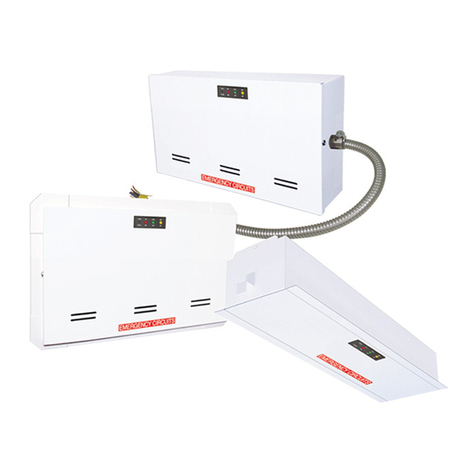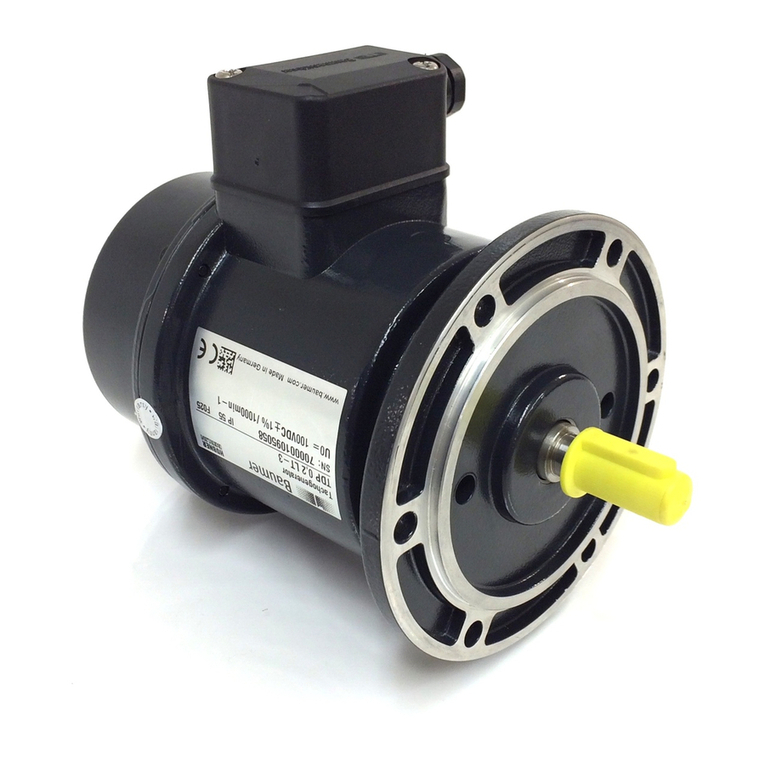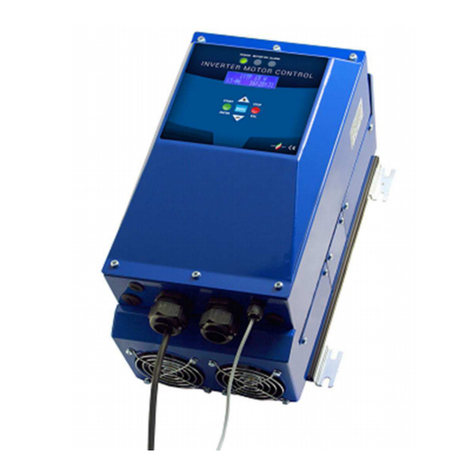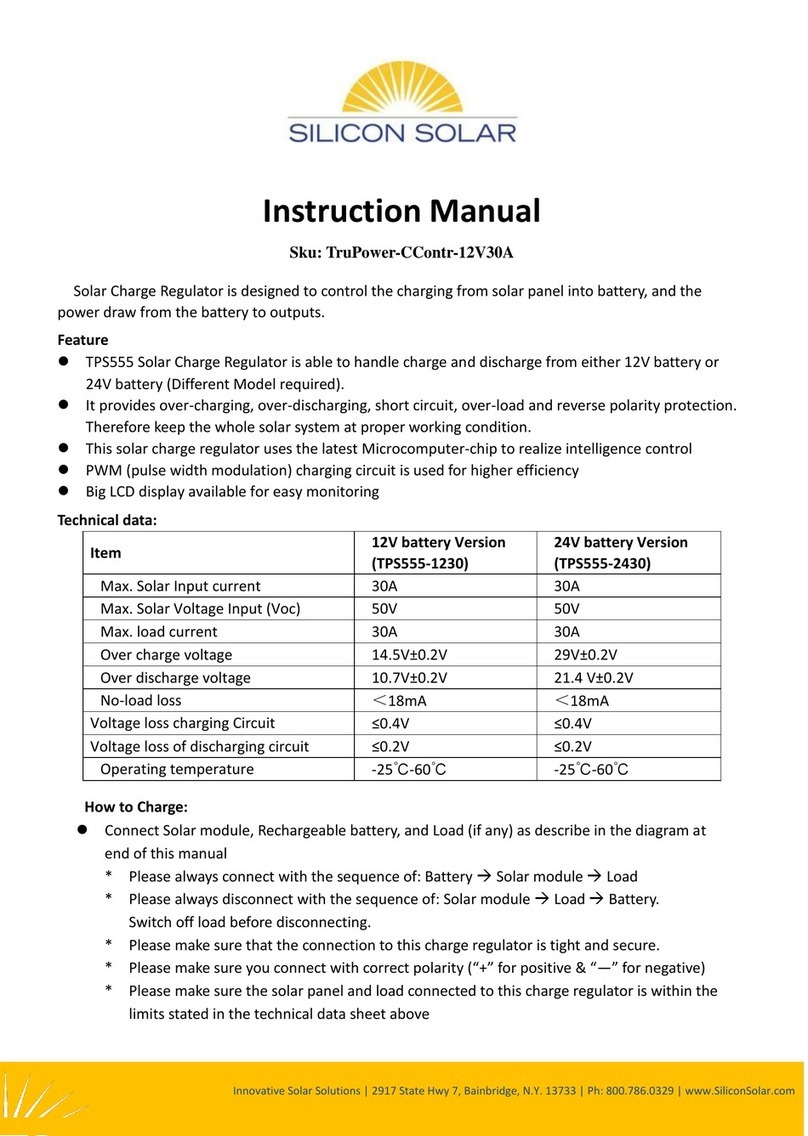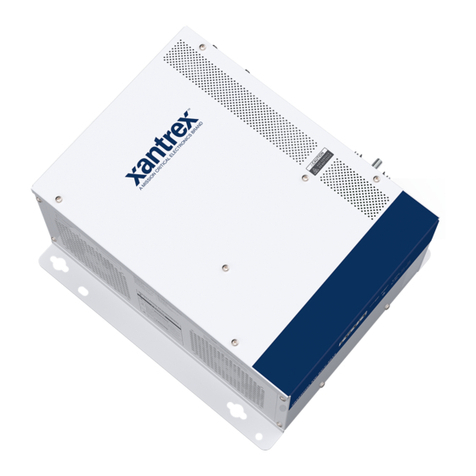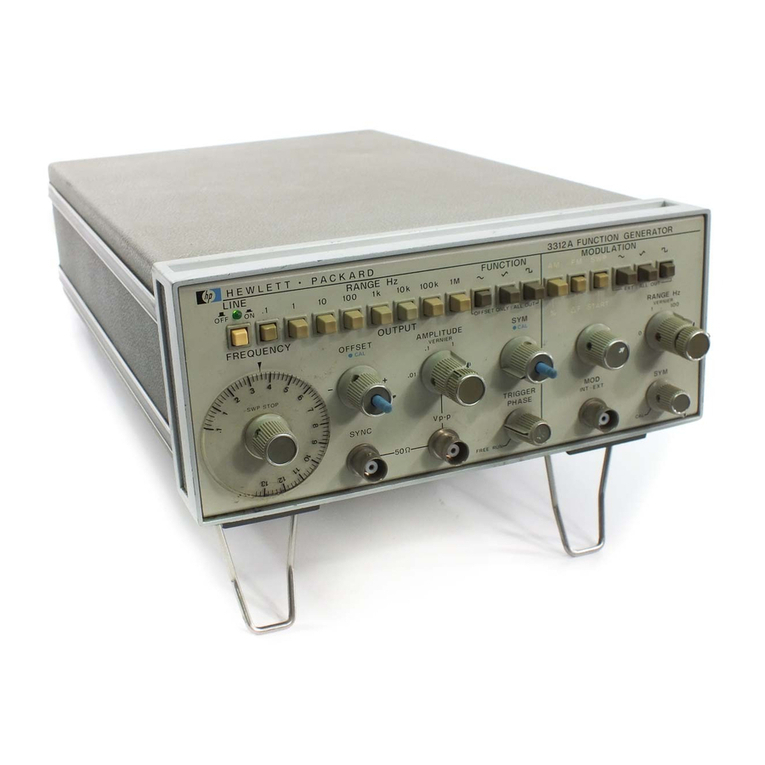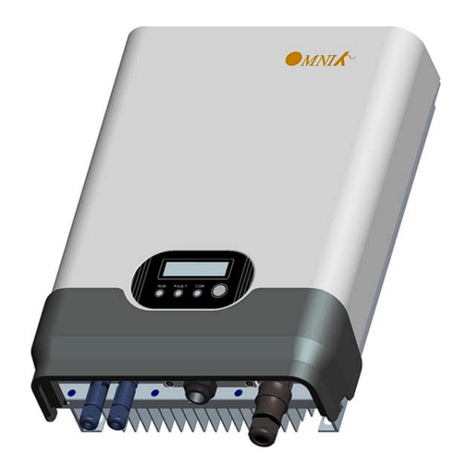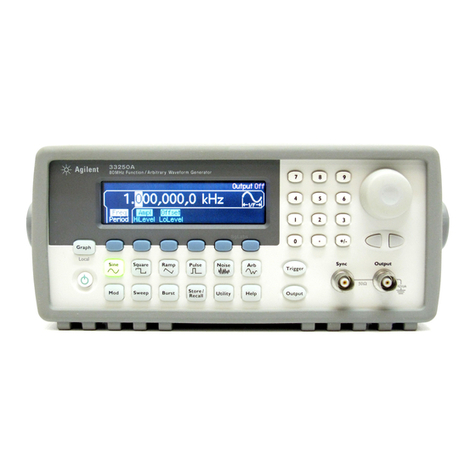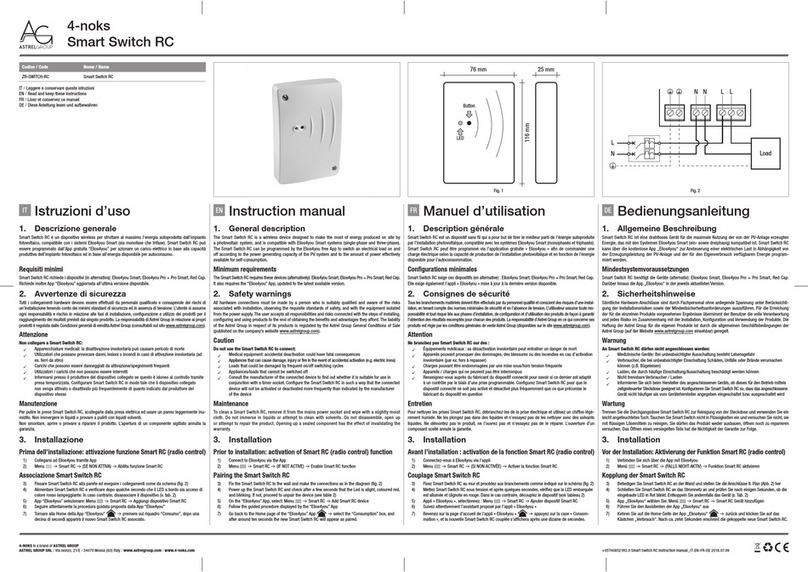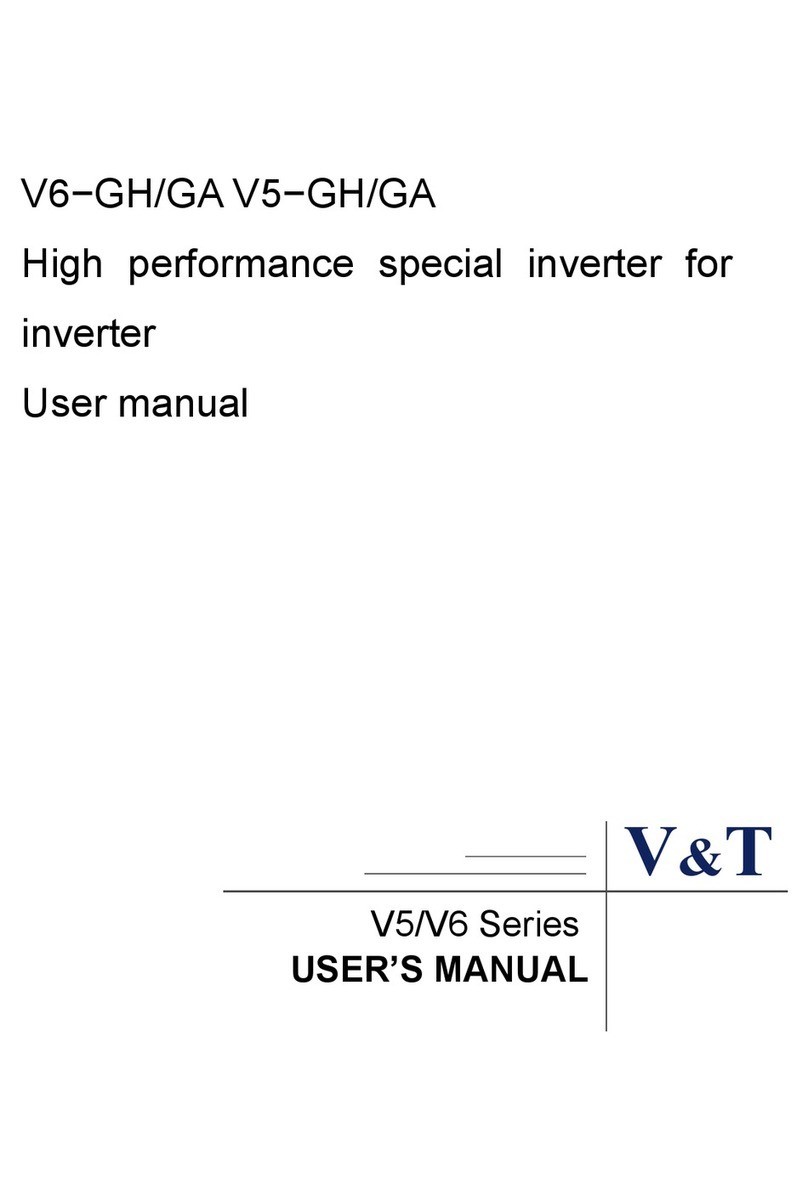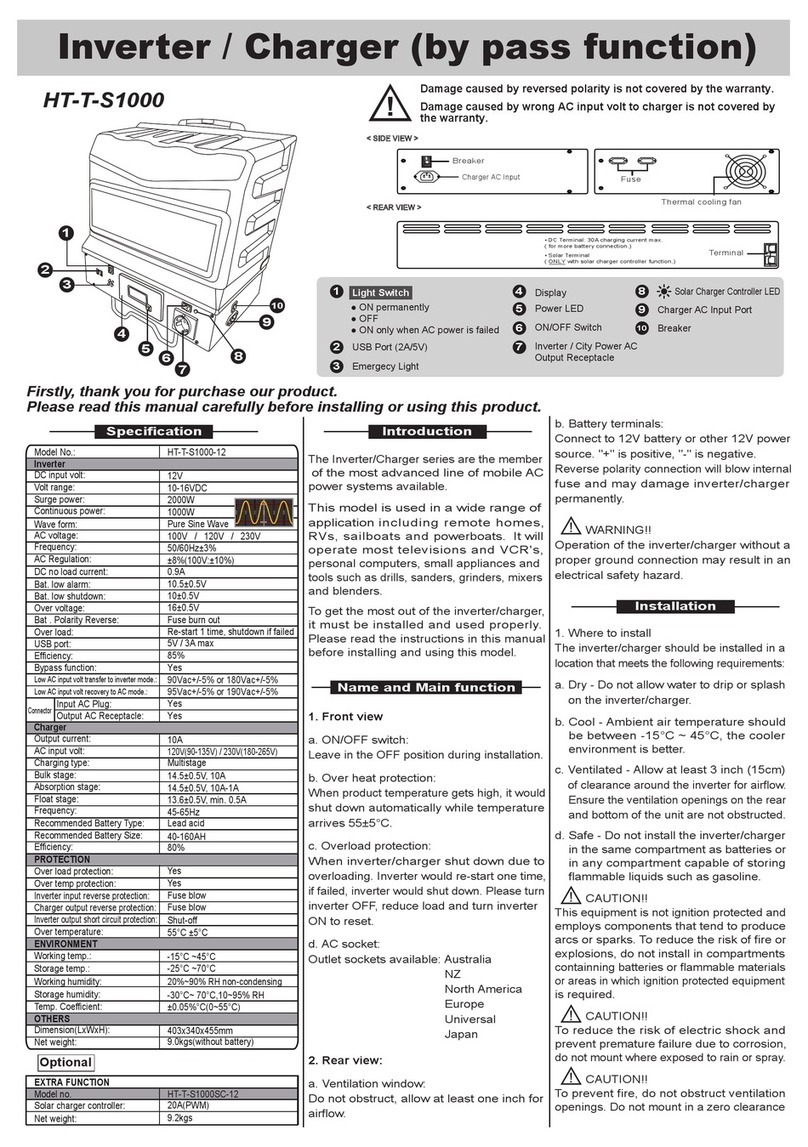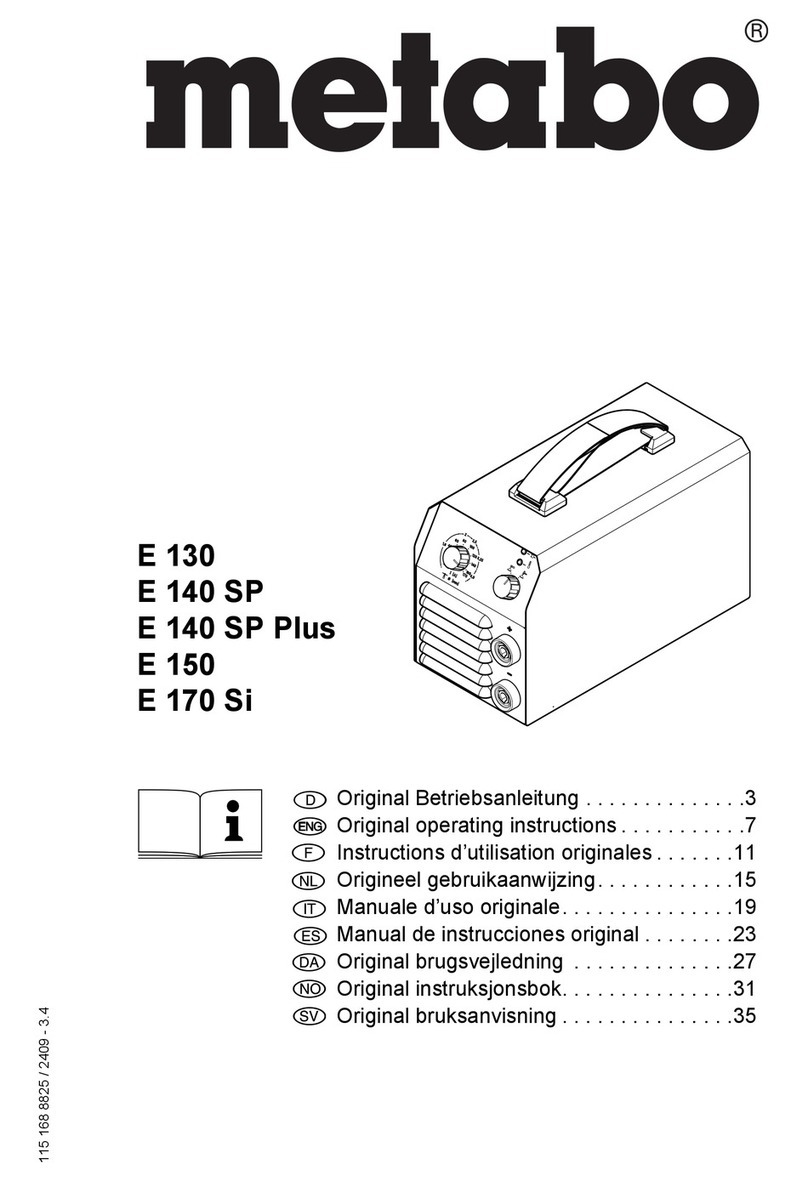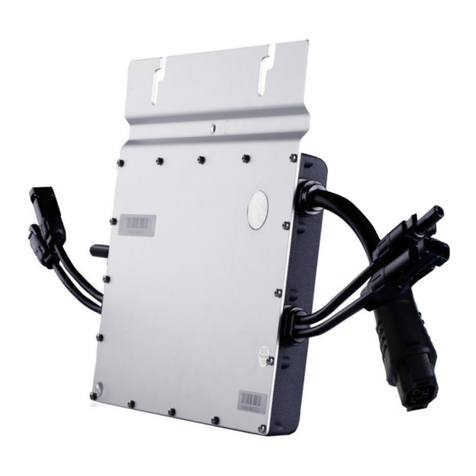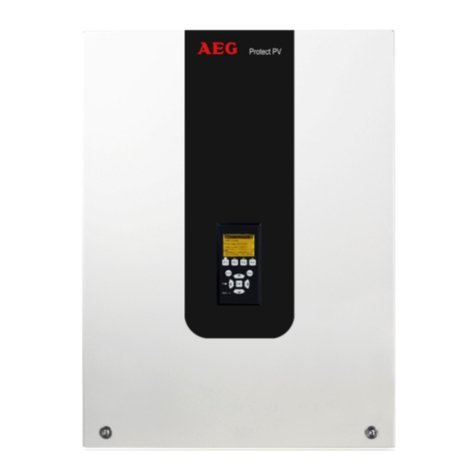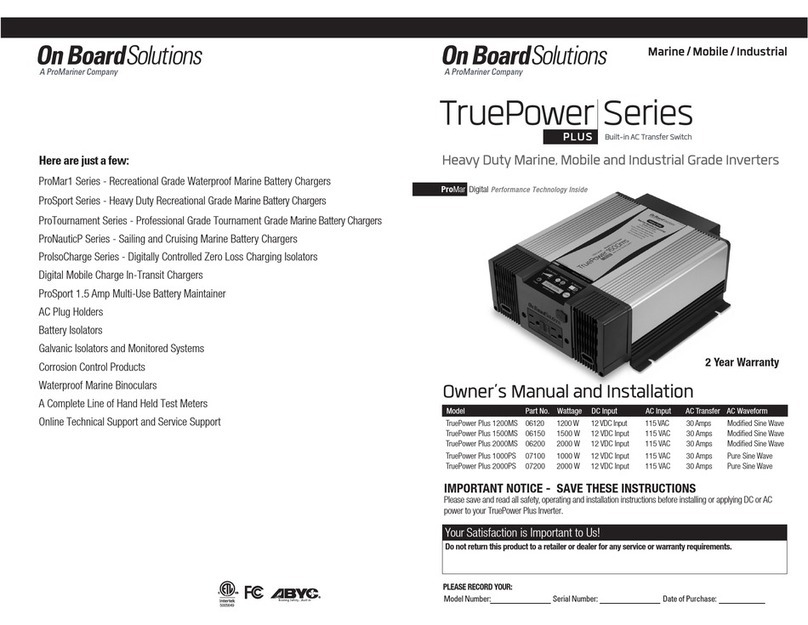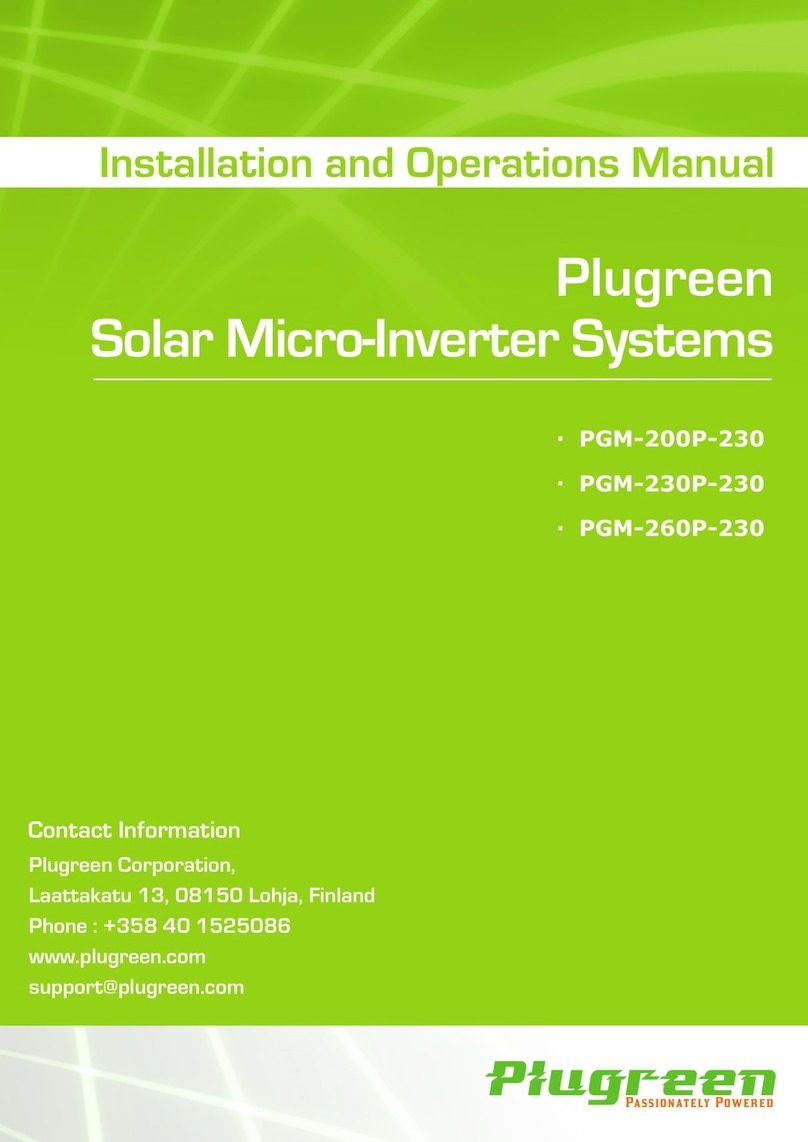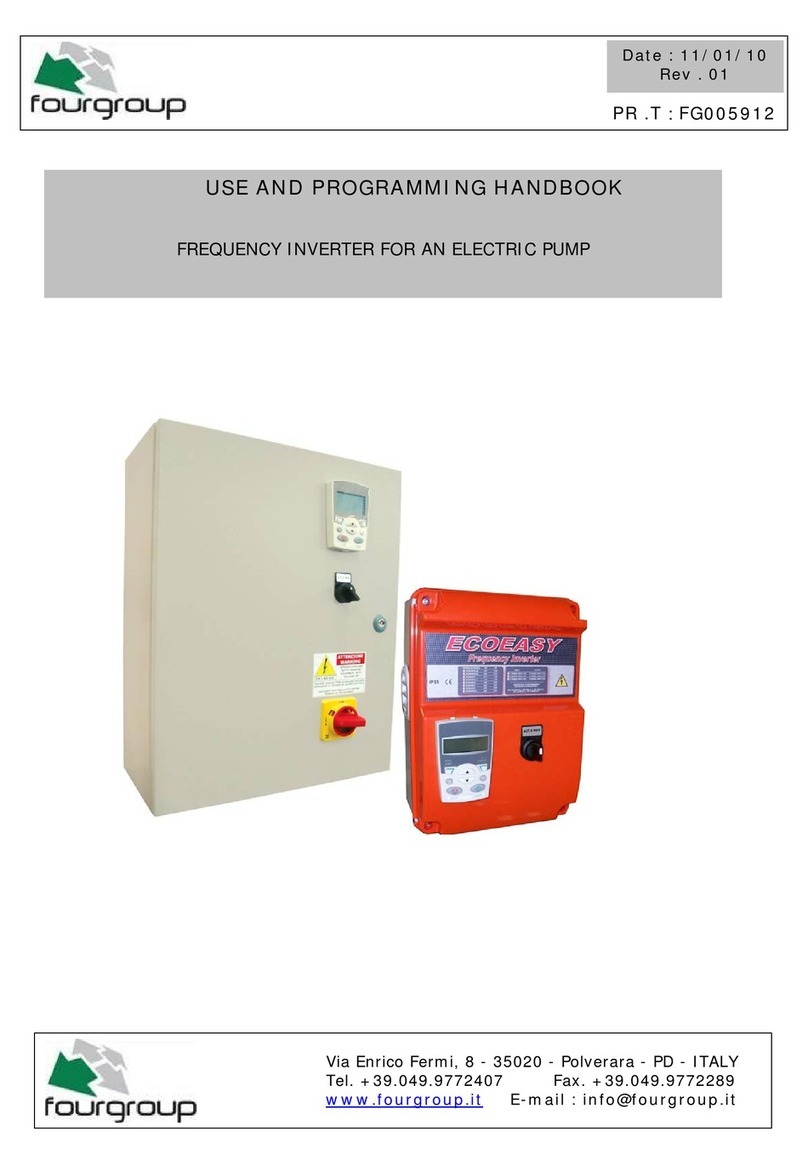
Lucid Series RF Signal Generator
Portable User Manual
3
T
Table of Contents................................................................................................................................................... 3
List of Figures......................................................................................................................................................... 4
List of Tables.......................................................................................................................................................... 4
Document Revision History.................................................................................................................................... 5
Acronyms & Abbreviations .................................................................................................................................... 6
1General .......................................................................................................................................................... 9
1.1 Scope .................................................................................................................................................9
1.2 Software Support.............................................................................................................................10
1.3 Document Conventions ...................................................................................................................10
1.4 Safety ...............................................................................................................................................10
1.5 Maintenance.................................................................................................................................... 12
1.5.1 Preventive Maintenance .........................................................................................................12
1.5.2 Long Term Storage or Repackaging For Shipment ..................................................................12
2Introduction ................................................................................................................................................. 13
2.1 Unpacking ........................................................................................................................................13
2.2 Front Panel.......................................................................................................................................13
2.3 Right Side Panel ...............................................................................................................................14
2.4 Left Side Panel ................................................................................................................................. 14
3Portable GUI................................................................................................................................................. 16
3.1 CW Tab............................................................................................................................................. 16
3.2 Modulation Tab ...............................................................................................................................17
3.2.1 AM – Amplitude Modulation ..................................................................................................17
3.2.2 FM – Frequency Modulation...................................................................................................18
3.2.3 PM – Phase Modulation..........................................................................................................18
3.2.4 Pulse Definition .......................................................................................................................19
3.2.5 Pattern Sequence....................................................................................................................20
3.3 Sweep Tab........................................................................................................................................22
3.3.1 Frequency Sweep ....................................................................................................................22
3.3.2 Power Sweep ..........................................................................................................................23
3.4 List Tab.............................................................................................................................................24
3.5 Run Mode Tab..................................................................................................................................25
3.6 System Tab.......................................................................................................................................27
3.6.1 Preset ......................................................................................................................................28
3.6.2 Store........................................................................................................................................28
3.6.3 Recall....................................................................................................................................... 29
3.6.4 LAN..........................................................................................................................................29
3.6.5 Update ....................................................................................................................................30
4Troubleshooting........................................................................................................................................... 31
4.1 Manually Installing Instrument Drivers ........................................................................................... 31
4.1.1 USB Device Driver Manual Installation (Windows 10) ............................................................31
4.1.2 USB Device Driver Manual Installation (Windows 7) ..............................................................38
5Lucid Portable Specifications........................................................................................................................ 42
